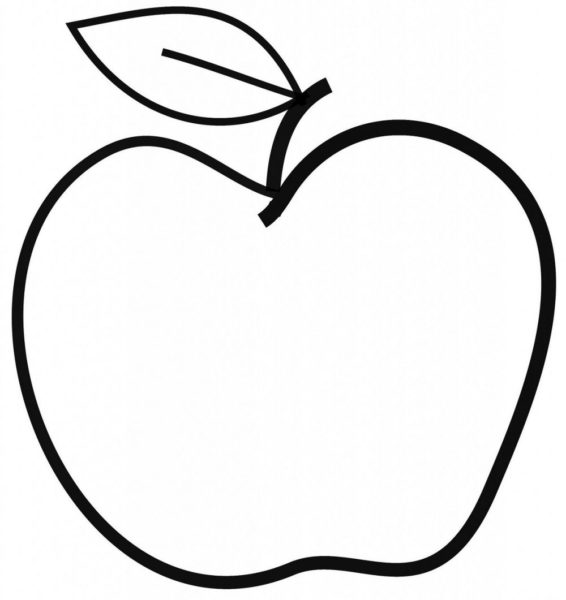Apple account A Comprehensive Guide for Apple Users

Introduction:
In today’s digital age, having an Apple account has become an essential part of owning Apple devices. Whether you have an iPhone, iPad, Mac, or any other Apple product, an Apple account allows you to access various services and features offered by Apple. In this article, we will provide a detailed overview of Apple accounts, the different types available, popular features, quantitative measurements, differences between account types, and a historical analysis of their advantages and disadvantages.
I. An overview of Apple accounts:

An Apple account, also known as an Apple ID, is a unique username and password combination that allows users to access and enjoy Apple’s services, such as the App Store, iCloud, Apple Music, iMessage, and FaceTime. It acts as a central hub for managing your Apple devices, purchases, and content. Users can create an Apple account for free and use it across multiple devices seamlessly.
II. Presentation of Apple account types:
1. Standard Apple ID: This is the most common type of Apple account, used by individuals who own Apple devices. It provides access to basic services like the App Store and iCloud storage. Users can create an Apple ID with a valid email address and choose a secure password.
2. Family Sharing: Family Sharing allows you to share your Apple purchases, subscriptions, and iCloud storage with up to five family members. It promotes collaboration and seamless syncing of content between family members’ devices, creating a unified digital ecosystem.
3. Developer Apple ID: Designed for app developers, this type of Apple account provides access to developer tools, resources, and the ability to submit apps to the App Store. Developers can enroll in the Apple Developer Program and gain additional benefits such as app analytics and beta testing tools.
III. Quantitative measurements:
Understanding the scale and impact of Apple accounts is crucial to comprehend their significance. As of [insert date], Apple reported [insert number] active Apple accounts worldwide. This staggering number showcases the vast user base and the popularity of Apple products. Additionally, [insert number] apps are available on the App Store, highlighting the extensive ecosystem of services accessible through Apple accounts.
IV. Differences between Apple account types:
Each type of Apple account offers distinct features and functionalities. The standard Apple ID provides access to basic services, while Family Sharing enhances collaboration and content sharing among family members. Developer Apple IDs cater specifically to app developers, offering tools and resources to create and distribute apps.
V. Historical analysis of advantages and disadvantages:
Over the years, Apple accounts have evolved to meet the changing needs and demands of users. Initially, Apple IDs were primarily used for purchasing apps and music from the App Store. However, with the introduction of iCloud, users gained the ability to store and sync their data seamlessly across devices, creating a more cohesive user experience. While Apple accounts provide convenience and accessibility, some users have expressed concerns over privacy and security issues associated with storing personal data.
Conclusion:
In conclusion, an Apple account plays a crucial role in maximizing the benefits of owning Apple devices. Whether it’s accessing the vast ecosystem of apps, storing data on iCloud, or sharing purchases with family members, Apple accounts provide a comprehensive and integrated experience. By understanding the different types of Apple accounts, their features, quantitative measurements, and historical advantages and disadvantages, users can make informed decisions and leverage the full potential of their Apple devices.
FAQ
What is an Apple account?
What are the different types of Apple accounts?
What are the advantages of having an Apple account?
Fler nyheter
Att sälja CS-skins på ett säkert och effektivt sätt
Introduction: In today’s digital age, having an Apple account has become an essential part of owning Apple devices. Whether you have an iPhone, iPad, Mac, or any other Apple product, an Apple account allows you to access various services and fe...
03 december 2025
Kliniksystem för veterinärer: Allt du behöver veta
Introduction: In today’s digital age, having an Apple account has become an essential part of owning Apple devices. Whether you have an iPhone, iPad, Mac, or any other Apple product, an Apple account allows you to access various services and fe...
01 december 2025
Mjukvara som lär sig av dina arbetsvanor
Introduction: In today’s digital age, having an Apple account has become an essential part of owning Apple devices. Whether you have an iPhone, iPad, Mac, or any other Apple product, an Apple account allows you to access various services and fe...
25 november 2025











